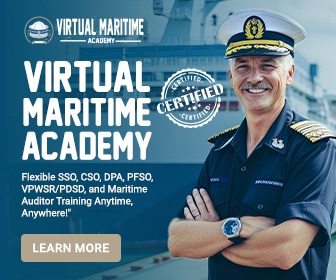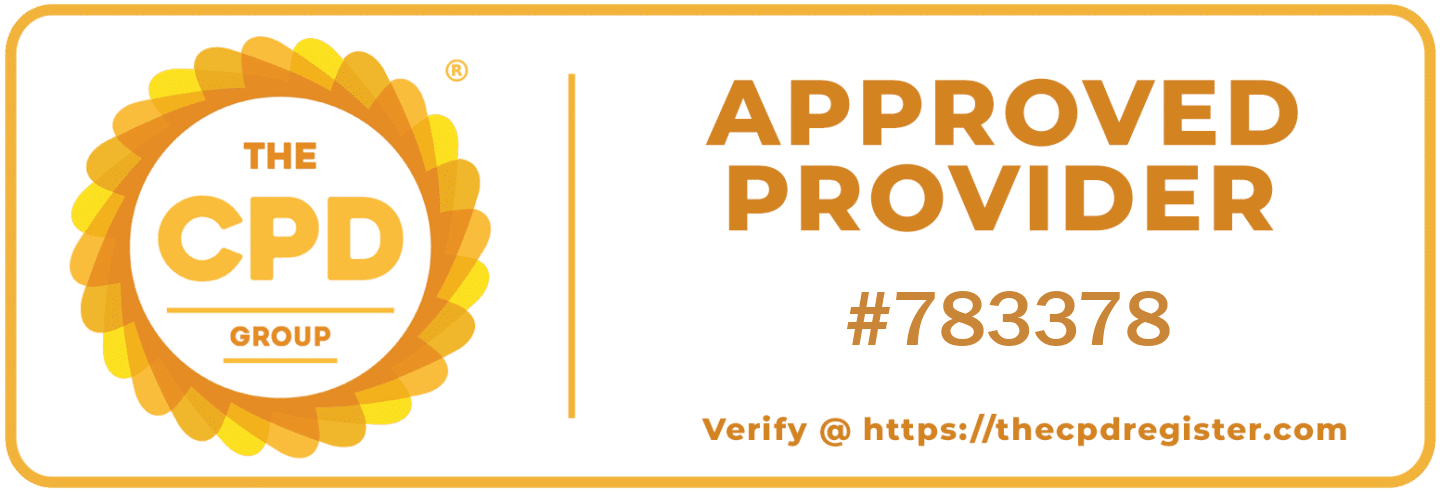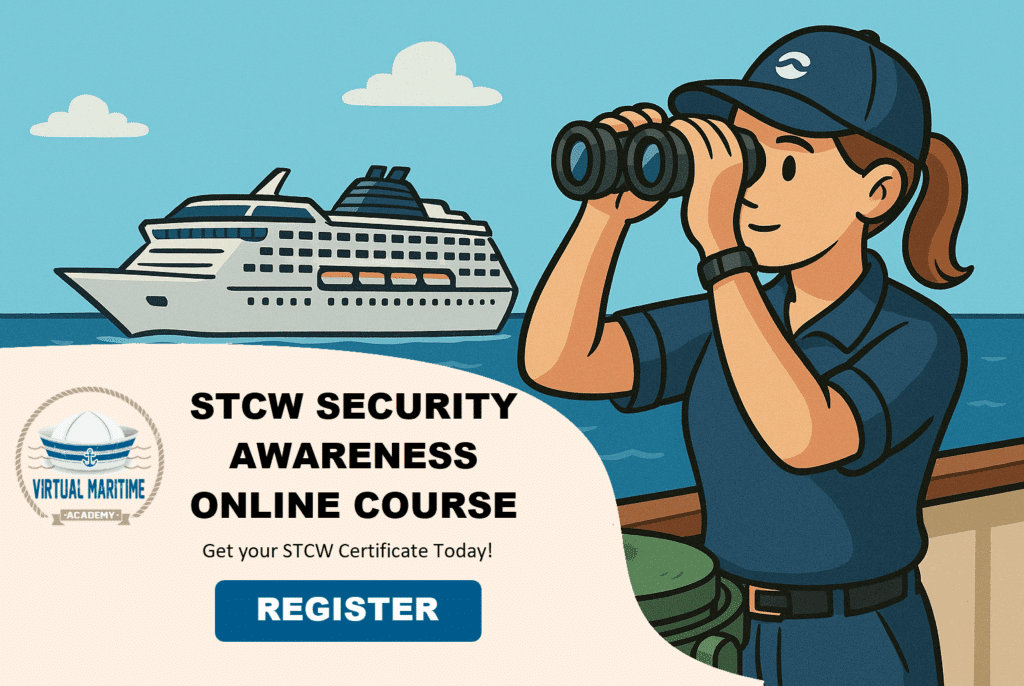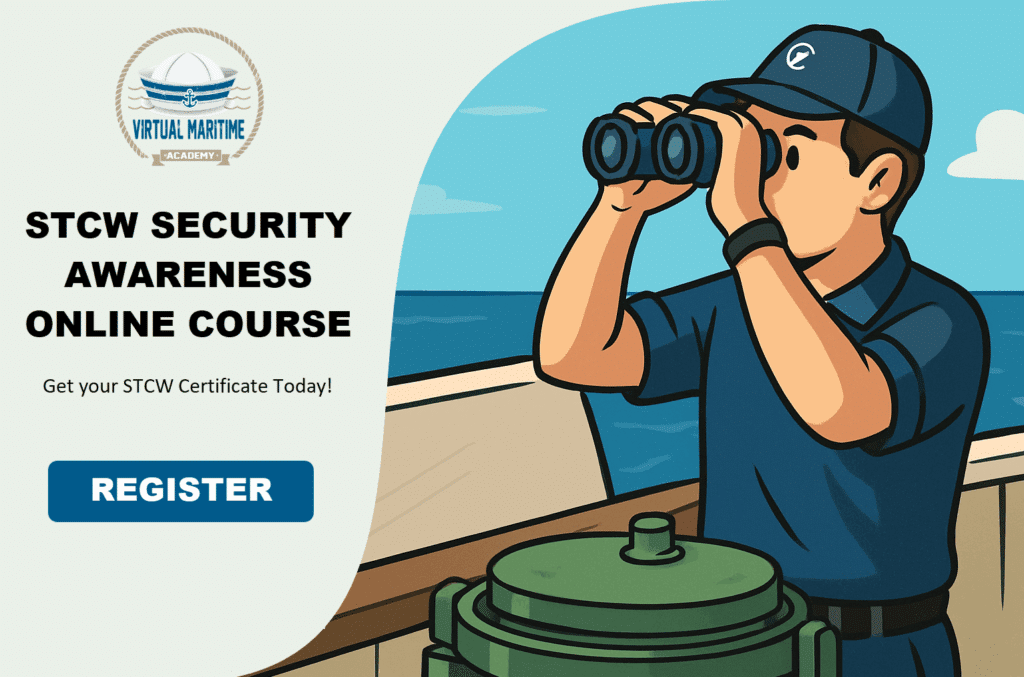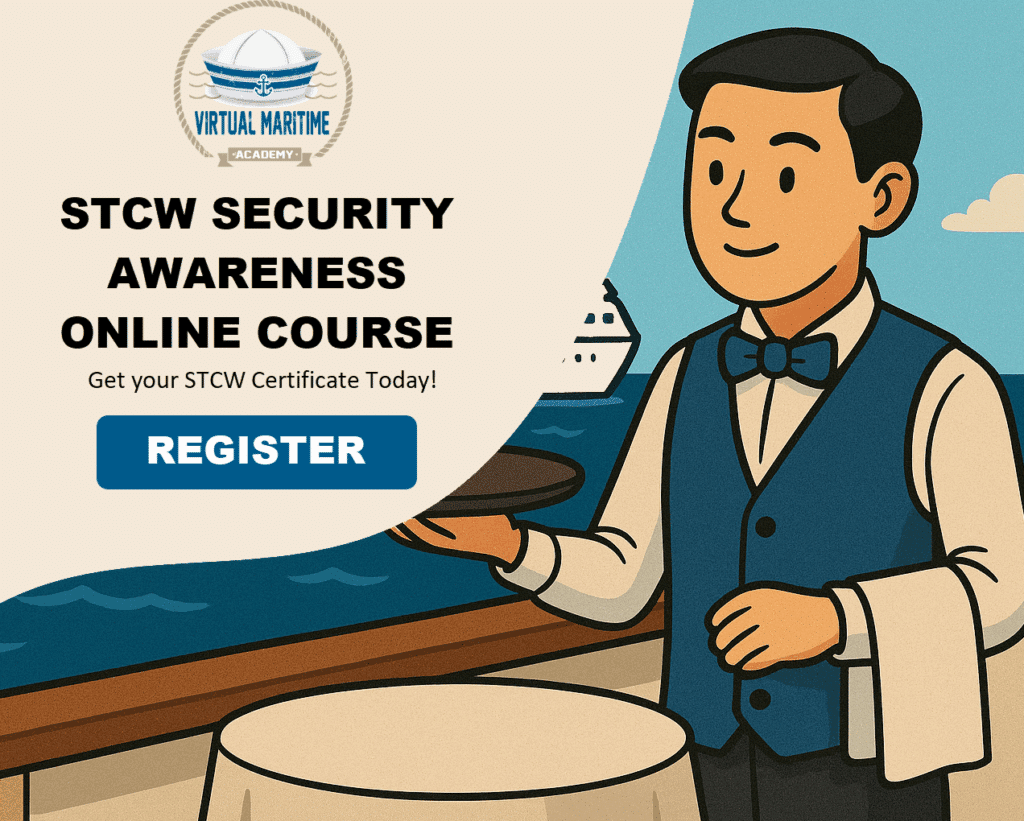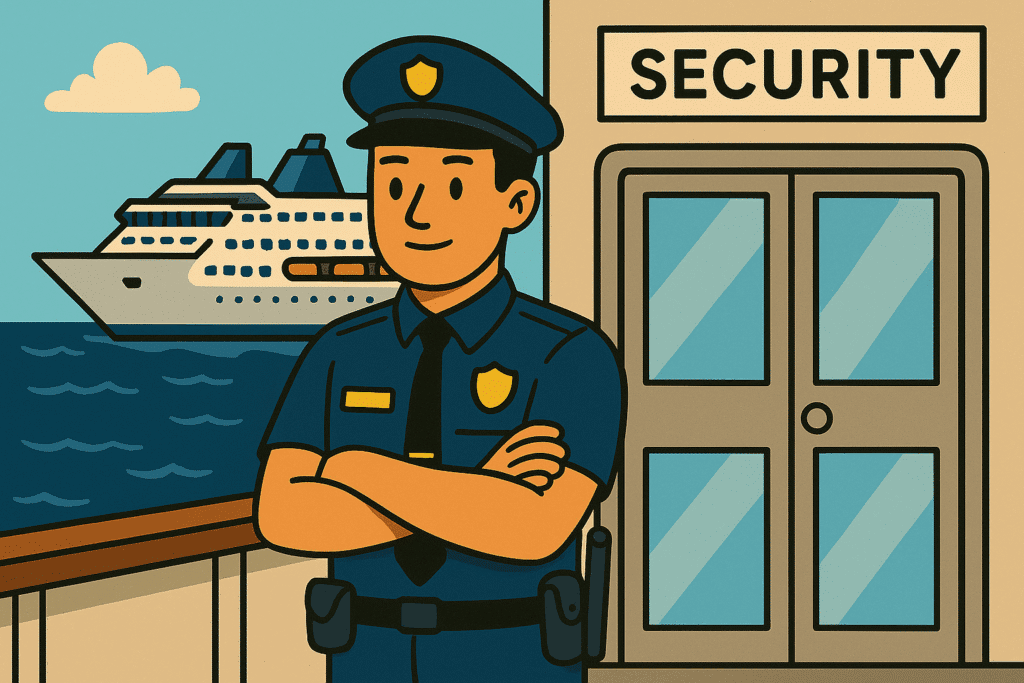Introduction to Advanced Yacht Navigation Techniques
Mastering advanced yacht navigation involves a blend of traditional skills and modern technology to ensure safe and efficient sailing. Whether navigating through tight channels, crossing vast oceans, or cruising along coastal waters, advanced navigation skills are crucial for any seasoned sailor or recreational boater.
Understanding the Basics of Marine Navigation
Before delving into advanced techniques, it is essential to understand the basics of marine navigation. This includes the ability to read nautical charts, understanding the significance of buoys and markers, the basics of tidal and current predictions, and the fundamental use of navigation instruments like compasses and depth sounders.
Nautical Charts and Coastal Navigation
Nautical charts are a fundamental tool for any navigator, offering critical information such as water depth, hazards, and shoreline details. Coastal navigation involves using these charts to plot courses, taking into account factors like tides, currents, and terrain. Mastery of coastal navigation requires being able to interpret and integrate data from multiple sources seamlessly.
Electronic Navigation Systems
Advances in technology have introduced a range of electronic navigation aids, including GPS (Global Positioning System), radar systems, and AIS (Automatic Identification Systems). These tools can enhance accuracy and provide real-time data that is crucial during navigation. However, reliance on electronic navigation requires understanding their limitations and potential for error.
Integrating Traditional and Modern Navigation Techniques
The best navigators blend traditional seafaring skills with modern technological aids to enhance safety and efficiency. This hybrid approach ensures that a navigator can rely on traditional methods when electronic systems fail or when electronic errors occur.
The Role of Celestial Navigation
Celestial navigation, once a cornerstone of maritime travel, involves using the positions of the sun, moon, planets, and stars to determine one’s position. While modern technology often supplants celestial methods, understanding and employing these techniques can provide an important backup in the event of electronic failures, especially during long offshore passages.
Piloting Techniques
Piloting involves navigating a vessel in coastal waters and harbors where landmarks and navigational aids can be observed without the aid of a map. This skill is highly valuable in regions where GPS signals are unreliable or non-existent. Piloting requires acute observational skills and the ability to quickly calculate distances and bearings.
Advanced Tools and Techniques for Navigation
Using Radar for Navigation
Radar not only helps in identifying other vessels and measuring their speed and direction but is also a crucial tool for navigation in poor visibility conditions. Skilled use of radar can help in detecting landmasses, navigating through narrow channels, and avoiding obstacles.
AIS: Enhancing Situational Awareness
The Automatic Identification System is a vital tool that helps in tracking vessel movements and identifying nearby marine traffic. AIS is particularly useful in busy channels and can significantly enhance situational awareness and collision avoidance.
Software and Mobile Applications
Today, an array of software and apps can help in planning and monitoring a navigation route. These applications often integrate data from multiple sources, providing comprehensive navigational information at one’s fingertips. However, navigators must ensure they are familiar with these tools in depth to rely on them effectively.
Navigational Challenges and Safety
Despite the best planning, the sea remains an unpredictable environment. Advanced navigators must be prepared to contend with challenges such as sudden weather changes, equipment failure, and unexpected navigational hazards.
Weather Routing
Advanced navigators must understand weather systems and be able to interpret weather forecasts to make informed decisions about route planning. Weather routing involves altering the planned course in response to changes in meteorological conditions to optimize safety, comfort, and speed.
Emergency Preparedness and Response
Part of advanced navigation involves preparing for and responding to emergencies. This includes having a thorough understanding of safety procedures, the ability to send distress signals across different platforms, and the skills to navigate back to safety under challenging conditions.
In summary, mastering advanced yacht navigation is a dynamic skill set that balances technical knowledge, situational awareness, and decision-making. It requires both a deep understanding of available tools and an innate capacity to adapt to changing conditions at sea. Combining traditional techniques with modern technology, while continuously seeking updated knowledge and training, remains the best approach for any proficient navigator.


